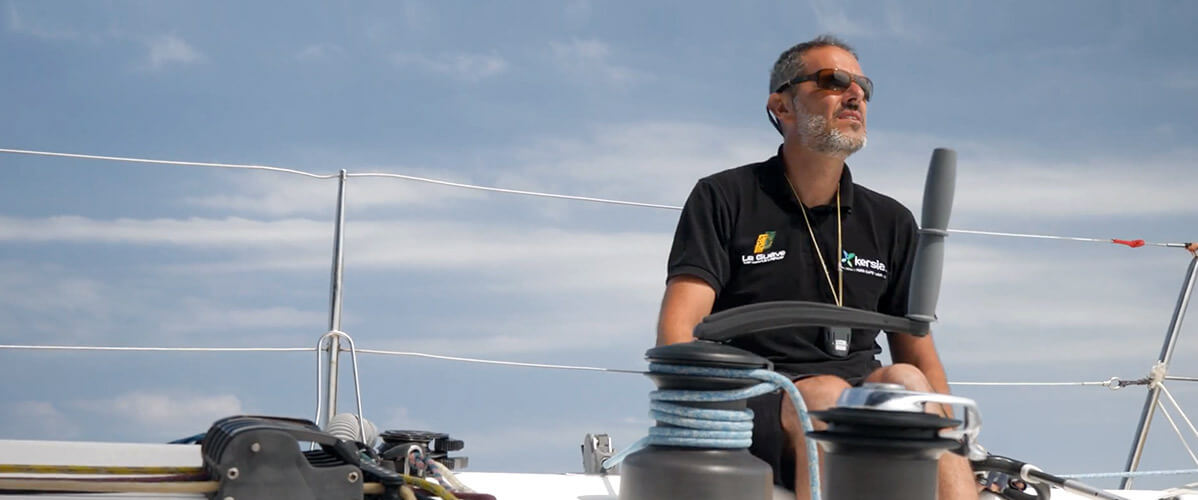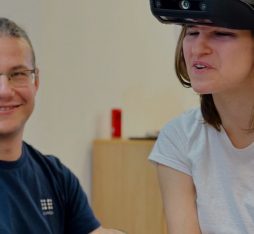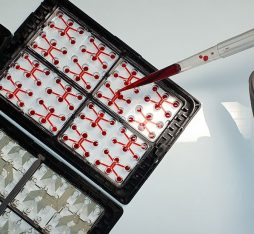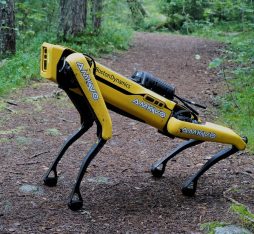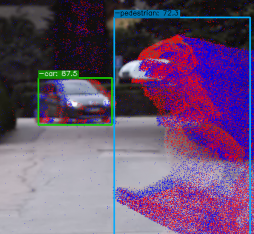We will be able to find out how many steps the skipper takes each day, how many calories he burns and answer the question that has so many people wondering: do you sleep during a solo race?
Do you dream of embarking on a solo transatlantic race? Orange partnered with students at ESIR (a Graduate School of Engineering in Rennes, France) to carry out an experimental project putting you on board the “Spirit of Saint-Malo”, which sets sail on 4 November in the 11th edition of the Route du Rhum, skippered by Sébastien Desquesses. How is it done? Using a system for communicating both information about navigational conditions, thanks to numerous sensors mounted on the vessel, and details on the skipper’s physical condition, provided by a Bluetooth connected watch. All data, collected by a server, is transmitted via satellite link and made available via a web platform and a chatbot to all those wishing to actively follow the race.
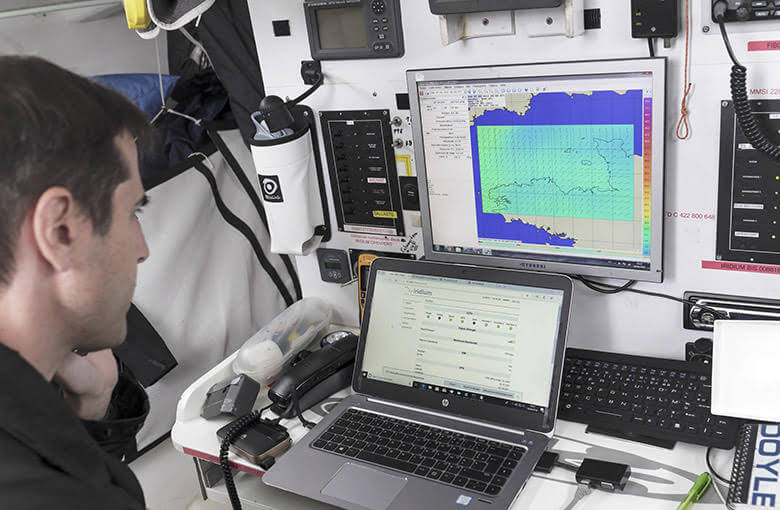
At the heart of racing thanks to the Internet of Things
When Sébastien Desquesses, the skipper of “Spirit of Saint-Malo”, told his childhood friend, Jean-François Pellet, a project manager at Orange, that he would be taking part in the Route du Rhum, the idea of creating an innovative way to remotely follow the sporting event was born. The latter reveals: “Currently, when you follow a sailing race, the information to which you have access is limited to the route of the boat, provided by its beacons. I found this very disappointing and I thought that with Orange we go could further by sharing data like the vessel’s course, its speed relative to land and water, the wind speed, atmospheric pressure, wave swell, the temperature of the water and air, depth… With a connected watch, we could also find out how many steps the skipper takes each day, how many calories he burns… but also answer the question that so many people ask: do you sleep during a solo race?”
In partnership with the Graduate School of Engineering in Rennes (ESIR), Orange approached students to offer them the opportunity to work on the project. Achille Pénet and Anthony Picquet, two of these students specialising in the Internet of Things, joined the teams to create the device that was essential to the project.
To find technical solutions to all constraints
Before diving straight into developing the prototype, a feasibility study and several visits to Spirit of Saint-Malo took place over the course of six months. These revealed the technical constraints regarding the boat, as well as those involving the skipper. “It needed a server that was small and light, with low energy consumption, capable of collecting the various bits of information picked up by the boat’s sensors and its navigation system, but also the connected watch”, explains Achille Pénet. The students used a Raspberry Linux server, connected via a serial port to the navigation system. They then created a program capable of handling the continuous stream of information received and carrying out local calculations in order to address a second problem: the very costly satellite connection ($9 per megabit). “To optimise the transmitted data,” Jean-François Pellet continues, “we connected our server to the boat’s satellite housing and, to free ourselves from the constraints of power outages or slow connection speeds (128 kbit/s), we used Orange Business Services’ cloud solution, Flexible Engine.” It is a service which stores and synchronises the data in Orange’s Cloud. In the event of a power cut, it allows us to resume message transmissions from the point at which they were interrupted, thanks to a cache system. Another objective is the communication of data about the skipper through a Bluetooth connected watch. It should be both waterproof and have a substantial battery life, which is why the team chose the Garmin Vívosport watch. This also has the advantage of calculating the amount of time spent asleep based on heart rate. “The boat is continually pitching, so without this watch, it would have been impossible to check the actual amount of time that the skipper spends asleep by using movement-based calculations”, explains Jean-François Pellet.
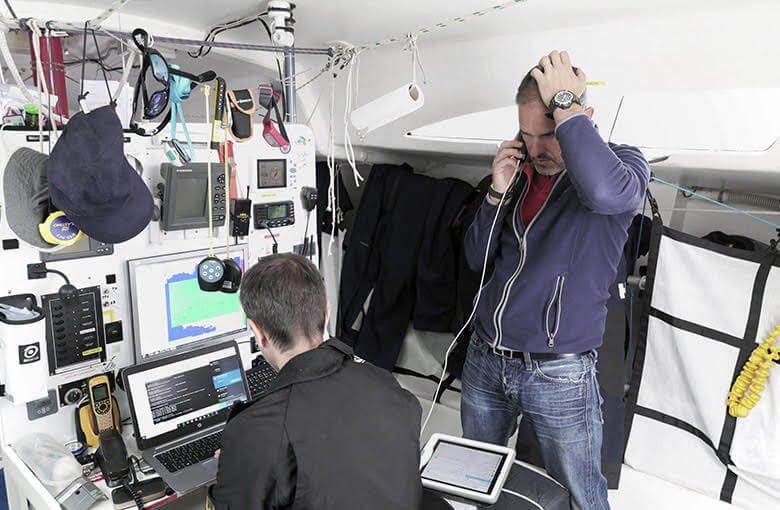
To communicate the data collected via a chatbot
Once the data has been transmitted to the Cloud and then to the satellite, it should be accessible to the public via a chatbot. To build this platform, the team worked with the start-up Vocal Apps, which has developed the Smartly.ai solution, allowing for the translation and channelling of data stored in the Flexible Engine cloud to the chatbot. The start-up Airmont, the skipper’s partner, not only helped to secure the satellite link and the implementation of protocol filtering, but also to optimise flows for each application by using data classification.
“At Orange, Open Innovation is based on close collaboration with start-ups. This collaboration allows us to expand our network, learn to work more flexibly, and identify ideas for future innovation work. At the same time, these start-ups can benefit not only from our technical expertise, our human and material resources, but also from our funding to help them stabilise”, explains Jean-François Pellet.
To test again and again until the race starts
A few weeks before the start of the Route du Rhum, Orange has completed its tests successfully. The team is delighted with the work that has been done. According to Jean-François Pellet: “Providing so much information about a sporting event remotely and in extreme conditions is a first. Beyond helping the public feel immersed, our system also allows Sébastien to monitor and analyse his performance: he will be able to know which activity burns the most calories, his optimal sleep time, and so on. Whatever his position at the end of this race, he may have a head start on his competitors when preparing for future competitions!”

